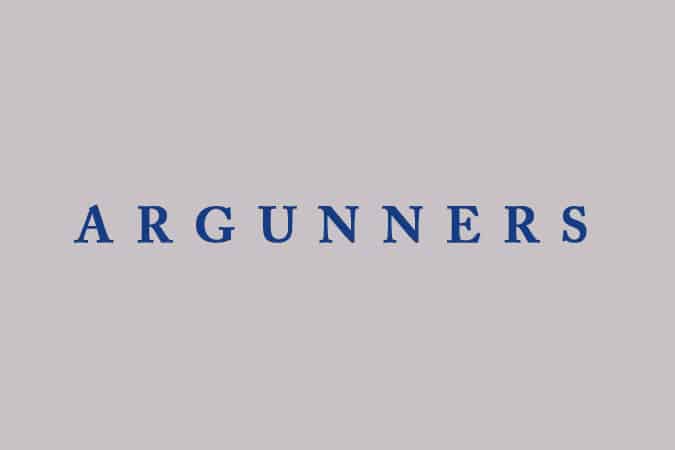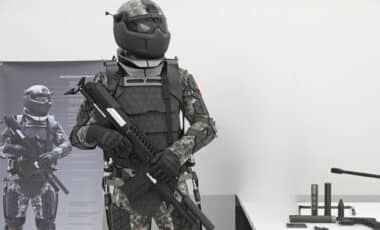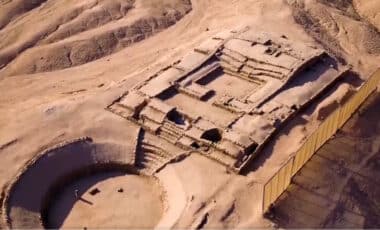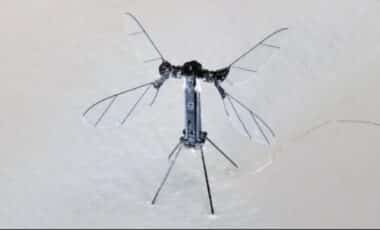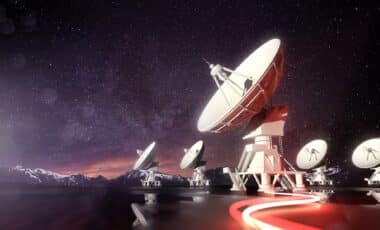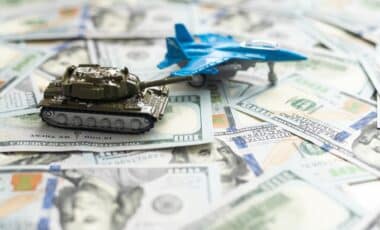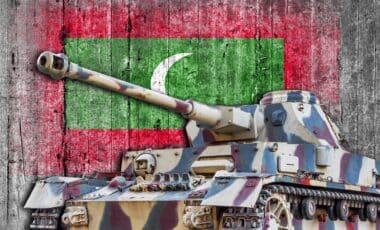Brandi Mueller, a Merchant Mariner licensed by the U.S. Coastguard, captured incredible photos of an airplane graveyard containing over 150 Allied WWII aircraft, lying 30 feet under the Pacific Ocean near the Marshall Islands, more specific Kwajalein Atoll, Roi-Namur. Kwajalein Atoll is an incredible diving site but also an restricted military base.
In a perfectly executed World War II mission that took place at the end of January 1944, U.S. forces defeated the Japanese at a little-known outpost in the Marshall Islands called Kwajalein Atoll. As part of the effort to win control of this crucial gateway to the Japanese empire, U.S. aircraft bombarded Japanese supply ships in the lagoon at Kwajalein for several weeks prior to the attack, sinking most of them, some still at anchor, and others as they attempted to escape.
Little is left of the battle of Kwajalein except these silent wrecks still lying at the bottom of the lagoon where they were defeated, out of sight and forgotten until now. After the war no one would’ve had interest in the aircraft and no scrap yards nearby, they were dumped here rather than shipping them back to the United States, as it was a cheaper solution.
They call it the “Airplane Graveyard” – they aren’t war graves or planes that crashed. They were planes that were taken out over the reef and pushed off intact after the war ended”, said Brandi Mueller, “They should have flown more, lived longer, but they were sunk in perfect condition.”
The airplane graveyard include several Douglas SBD Dauntless dive bombers, F4U Corsairs, TBF/TBM Avengers, Helldivers, B-25 Mitchells, Curtiss C-46 Commandos and F4F Wildcats.
Battle for Maritime Communications during World War II | Argunners Argunners
The Airplane Graveyard
The North American B-25 Mitchell was an American twin-engined, medium bomber manufactured by North American Aviation. It was named in honor of Major General William “Billy” Mitchell, a pioneer of U.S. military aviation. Used by many Allied air forces, the B-25 served in every theater of World War II and after the war ended many remained in service, operating across four decades.

A U.S. Army Air Force North American B-25C Mitchell bomber (s/n 41-12823) in flight near Inglewood, California (USA)
Wreckages of the B-25 Mitchell:







The Grumman TBF Avenger was a torpedo bomber developed initially for the United States Navy and Marine Corps, and eventually used by several air and naval aviation services around the world. The Avenger entered U.S. service in 1942, and first saw action during the Battle of Midway. Despite the loss of five of the six Avengers on its combat debut, it survived in service to become one of the outstanding torpedo bombers of World War II.

Photograph of the sole surviving Grumman TBF-1 Avenger (BuNo 00380, side number 8-T-1) of U.S. Navy Torpedo Squadron 8 (VT-8) on Midway’s Eastern island, shortly after the Battle of Midway, on 24 June 1942.
Wreckages of the Avenger:



The Curtiss SB2C Helldiver was a carrier-baseddive bomber aircraft produced for the United States Navy during World War II. It replaced the DouglasSBD Dauntless in US Navy service. The SB2C was much faster than the SBD it replaced.

Aerial view of SB2C in upper landing circle showing USS YORKTOWN, below. July 1944. (Navy)
Wreckages of the Helldiver:

The Curtiss C-46 Commando is a transport aircraft derived from a commercial high-altitude airliner design. It was used as a military transport during World War II by the United States Army Air Forces and also the U.S. Navy/Marine Corps, which used the designation R5C. Known to the men who flew them as “The Whale,” the “Curtiss Calamity,” the “plumber’s nightmare” and, among ATC crews, the “flying coffin,” the C-46 served a similar role to its counterpart, the Douglas C-47 Skytrain, but was not as extensively produced. At the time of its production, the C-46 was the largest twin-engine aircraft in the world, and was the largest and heaviest twin-engine aircraft to see service in World War II.

Curtiss C-46 “Commando” in flight
Wreckages of the C-46 Commando:


The Grumman F4F Wildcat was an American carrier-based fighter aircraft that began service with both the United States Navy and the British Royal Navy (as the Martlet) in 1940. First used in combat by the British in Europe, the Wildcat was the only effective fighter available to the United States Navy and Marine Corps in the Pacific Theater during the early part of World War II in 1941 and 1942; the disappointing Brewster Buffalo was withdrawn in favor of the Wildcat and replaced as units became available.

A U.S. Navy Grumman F4F-3 in non-specular blue-grey over light-grey scheme in early 1942. Note modified pitot tube of the later F4F-4 model, moved from the leading edge of the wing to an L-style mount under the wing.
Wreckages of the F4F Wildcat:


The Douglas SBD Dauntless was a World War II American naval scout plane and dive bomber that was manufactured by Douglas Aircraft from 1940 through 1944. The SBD (“Scout Bomber Douglas”) was the U.S. Navy’s main carrier-borne scout plane and dive bomber from mid-1940 through mid-1944. The SBD was also flown by the U.S. Marine Corps, both from land air bases and aircraft carriers. The SBD is best remembered as the bomber that delivered the fatal blows to the Japanese carriers at the Battle of Midway in June 1942.

A VB-5 SBD from Yorktown over Wake, early October 1943.
Wreckages of the Douglas SBD Dauntless:









The Chance Vought F4U Corsair was an American fighter aircraft that saw service primarily in World War II and the Korean War. Demand for the aircraft soon overwhelmed Vought’s manufacturing capability, resulting in production by Goodyear and Brewster: Goodyear-built Corsairs were designated FG and Brewster-built aircraft F3A. From the first prototype delivery to the U.S. Navy in 1940, to final delivery in 1953 to the French, 12,571 F4U Corsairs were manufactured by Vought, in 16 separate models, in the longest production run of any piston-engined fighter in U.S. history (1942–53).

An early F4U-1 showing the “birdcage” canopy with rearwards production cockpit location. Compare with the XF4U-1.
Wreckages of the F4U Corsair:



